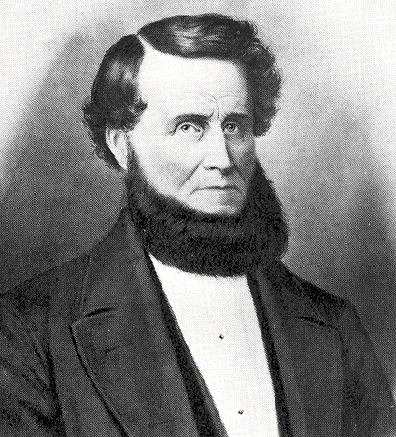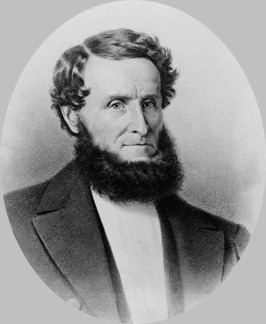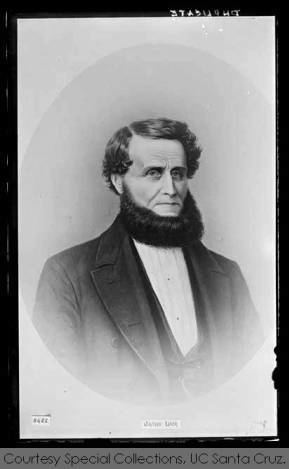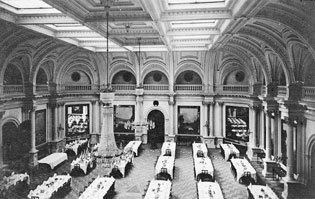Name James Lick | ||
 | ||
Died October 1, 1876, San Francisco, California, United States | ||
High school football james lick at yerba buena
James Lick (August 25, 1796 – October 1, 1876) was an American carpenter, piano builder, land baron, and patron of the sciences. At the time of his death, he was the wealthiest man in California, and left the majority of his estate to social and scientific causes.
Contents
- High school football james lick at yerba buena
- Winter rally jazz dance 2014 james lick hs
- Early years
- South American years
- California years
- Licks legacy
- References

Winter rally jazz dance 2014 james lick hs
Early years
James Lick was born in Stumpstown (now Fredericksburg) Pennsylvania on August 25, 1796. Lick's grandfather, William Lick, served during the American Revolutionary War under General George Washington and his son, John Lick, during the American Civil War. The son of a carpenter, Lick began learning the craft at an early age. When he was twenty one, after a failed romance with Barbara Snavely, Lick left Stumpstown for Baltimore, Maryland, where he learned the art of piano making. He quickly mastered the skill, and moved to New York City and set up his own shop. In 1821 Lick moved to Argentina, after learning that his pianos were being exported to South America.
South American years

Lick found his time in Buenos Aires to be difficult, due to his ignorance of Spanish and the turbulent political situation in the country. However, his business thrived and in 1825 Lick left Argentina to tour Europe for a year. On his return trip, his ship was captured by the Portuguese, and the passengers and crew were taken to Montevideo as prisoners of war. Lick escaped captivity and returned to Buenos Aires on foot.

In 1832, Lick decided to return to Stumpstown. He failed to reunite with Barbara Snavely and their son and returned to Buenos Aires. He decided the political situation was too unstable and moved to Valparaíso, Chile. After four years, he again moved his business, this time to Lima, Peru.

In 1846, Lick decided to return to North America and, anticipating the Mexican-American War and the future annexation of California, he decided to settle there. However, a backlog of orders for his pianos delayed him an additional 18 months, as the Mexican workers he employed left to return to their homes and join the Mexican Army following the outbreak of war in April of that year; he finished the orders himself.
California years
Lick arrived in San Francisco, California, in January 1848, bringing with him his tools, work bench, $30,000 (the relative value in 2017 is $941,000) in gold, and 600 pounds (275 kilograms) of chocolate. The chocolate quickly sold. So, Lick sent back word convincing his friend and neighbor in Peru, the confectioner Domingo Ghirardelli, to move to San Francisco, where he founded the Ghirardelli Chocolate Company.
Upon his arrival, Lick began buying real estate in the small village of San Francisco. The discovery of gold at Sutter's Mill near Sacramento a few days after Lick's arrival in the future state began the California Gold Rush and created a housing boom in San Francisco, which grew from about one thousand residents in 1848 to over twenty thousand by 1850. Lick himself got a touch of "gold fever" and went out to mine the metal, but after a week he decided his fortune was to be made by owning land, not digging in it. Lick continued buying land in San Francisco, and also began buying farmland in and around San Jose, where he planted orchards and built the largest flour mill in the state to feed the growing population in San Francisco.
In 1861, Lick began construction of a hotel, which became known as Lick House, at the intersection of Montgomery and Sutter Streets in San Francisco. The hotel had a dining room that could seat 400, based on a similar room at the palace of Versailles. Lick House was considered the finest hotel west of the Mississippi River. The hotel was destroyed in the fire following the San Francisco earthquake of 1906.
Following the construction, Lick returned to his San Jose orchards. In 1874, Lick suffered a massive stroke in the kitchen of his home in Santa Clara. The following morning, he was found by his employee, Thomas Fraser, and taken to Lick House, where he could be better cared for. At the time of his illness, his estates, outside his considerable area in Santa Clara County and San Francisco, included large holdings around Lake Tahoe, a large ranch in Los Angeles County, and all of Santa Catalina Island, making Lick the richest man in California.
In the next three years, Lick spent his time determining how to dispense with his fortune. He originally wanted to build giant statues of himself and his parents, and erect a pyramid larger than the Great Pyramid of Giza in his own honor in downtown San Francisco. However, through the efforts of George Davidson, president of the California Academy of Sciences, Lick was persuaded to leave the greatest portion of his fortune to the establishment of a mountain top observatory, with the largest, most powerful telescope yet built by man.
In 1874 he placed $3,000,000 ($65,200,000 relative value in 2017) at the disposal of seven trustees, by whom the funds were to be applied to specific uses. The principal divisions of the funds were:
Lick had had an interest in astronomy since at least 1860, when he and George Madeira, the founder of the first observatory in California, spent several nights observing. They had also met again in 1873 and Lick said that Madeira's telescopes were the only ones he had ever used. In 1875, Thomas Fraser recommended a site at the summit of Mount Hamilton, near San Jose. Lick approved, on the condition that Santa Clara County build a "first-class" road to the site. The county agreed and the hand-built road was completed by the fall of 1876.
On October 1, 1876, Lick died in his room in Lick House, San Francisco. In 1887, his body was moved to its final resting place, under the future home of the Great Lick Refracting Telescope.
